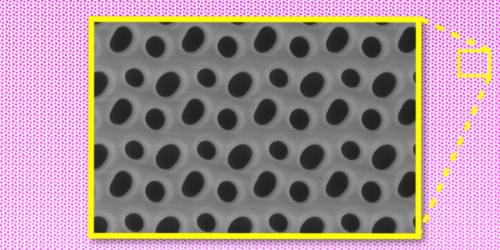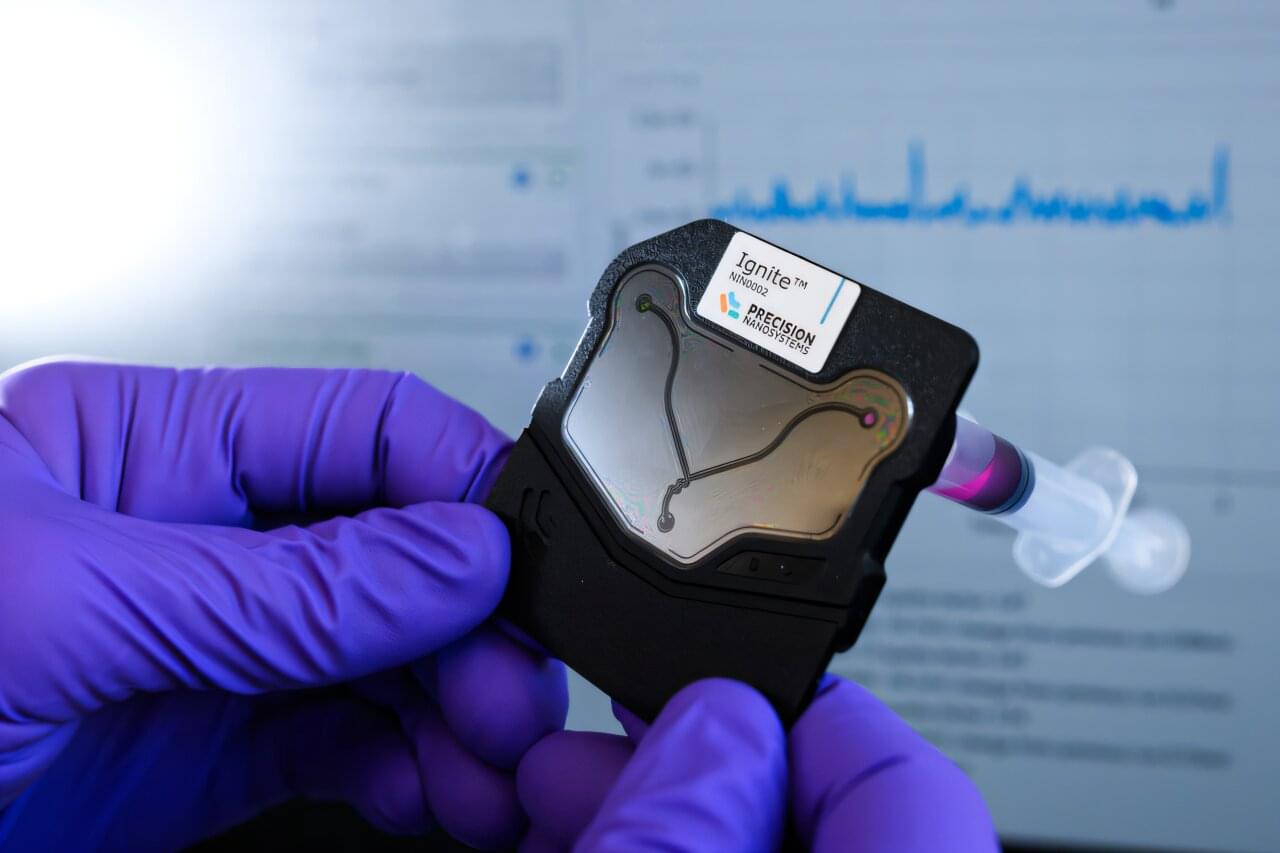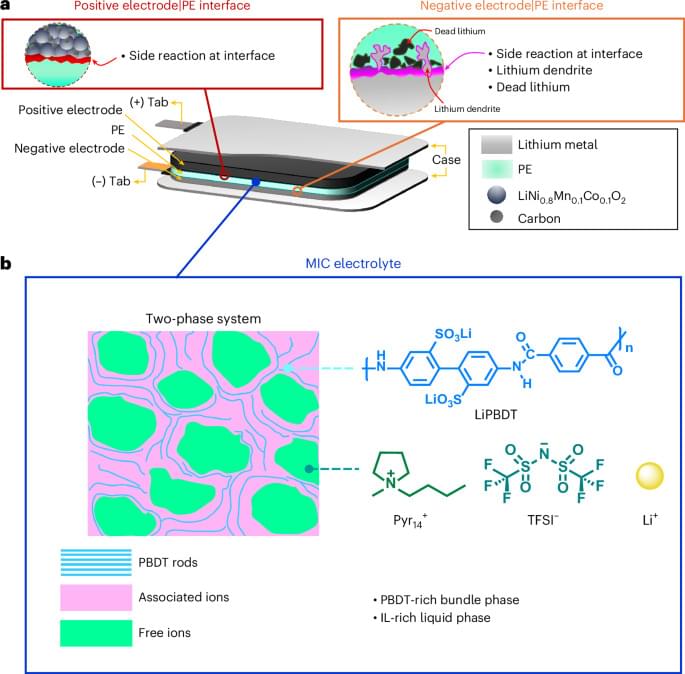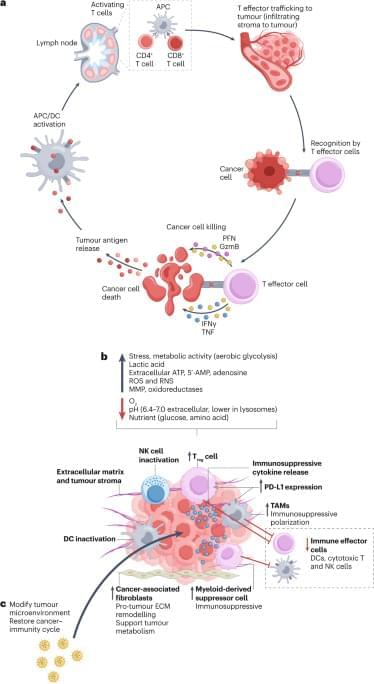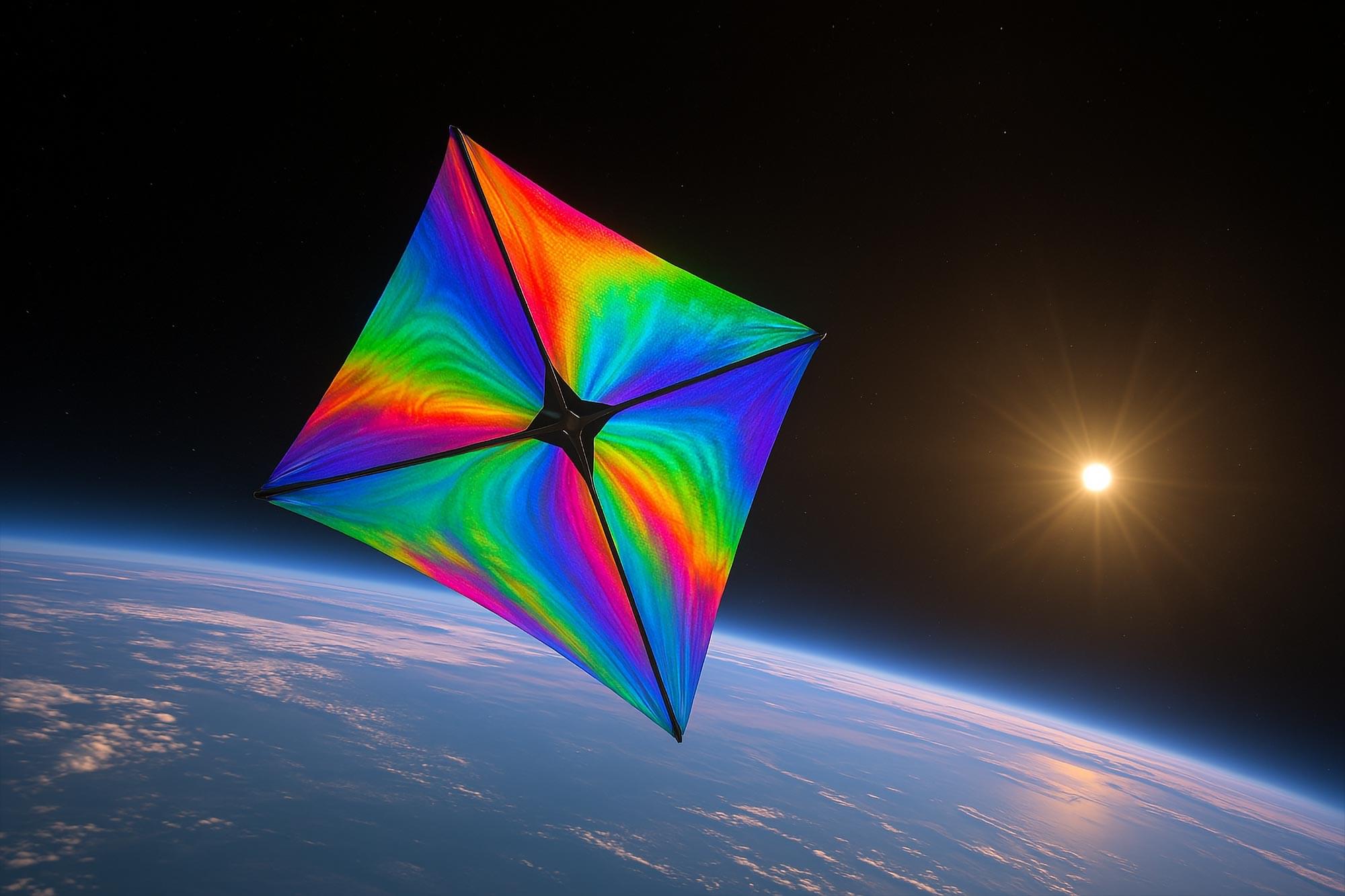Norte and his colleagues initially considered patterning the light sails with an array of identical circular holes, but such a pattern would reduce the overall effect of the powering laser. As the sail speeds up and moves away from the laser, the wavelength it preferentially reflects will shift because of the Doppler effect, and the sail will subsequently receive less of a push. What is needed instead is a pattern that can handle Doppler-shift changes while remaining highly reflective.
To find the optimal pattern, the researchers turned to a neural network, which predicted an optimal shape that is oblong rather than circular. “It looks like a potato,” says Miguel Bessa of Brown University, Rhode Island, who led the theory side of the project. Specifically, the team arranged several potato shapes in a repeating five-neighbor pattern, or pentagonal lattice. The potato-shaped arrangement allows the system to respond to a broader range of wavelengths without having to make it thicker and thus heavier.
The researchers are now working on increasing the size of their sail and looking into ways to test how well it flies. Norte notes that the light sail is just a means to accelerate the nanospacecraft, which will include a microchip, cameras, and other instruments. All those parts need to be miniaturized so that they weigh less than one gram total. “We are really trying to use nanotechnology to go faster and further than we have been able to with traditional spacecraft,” Norte says.
